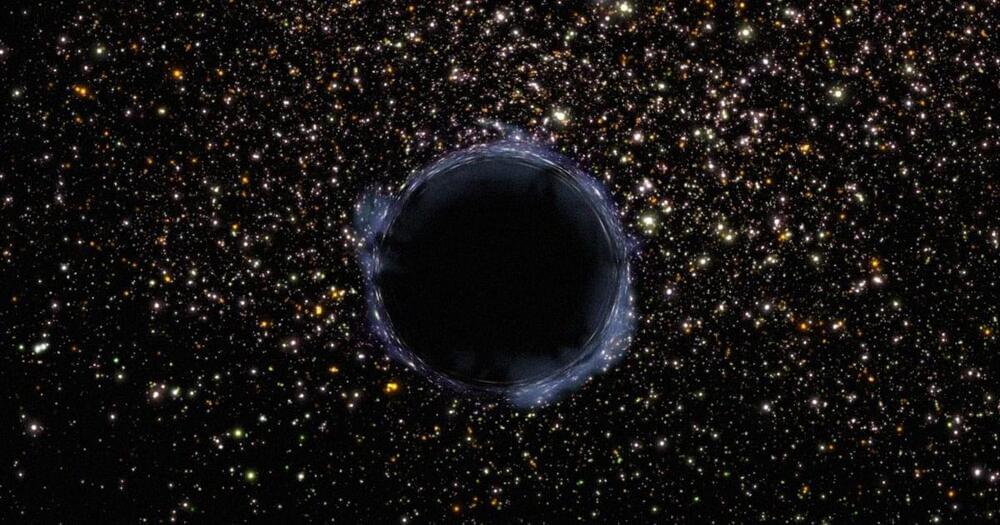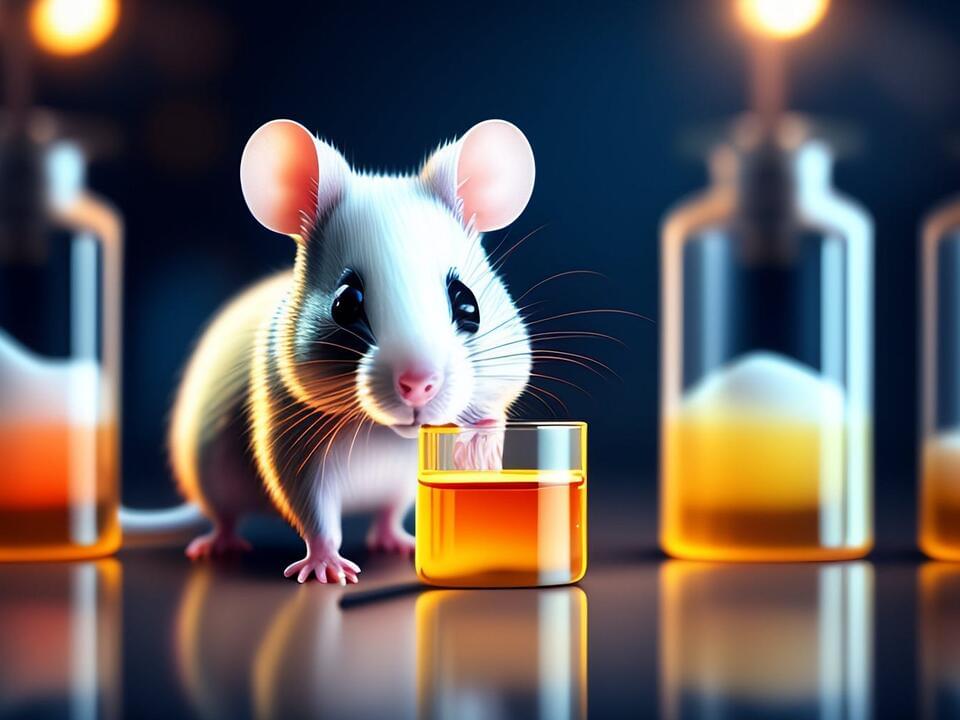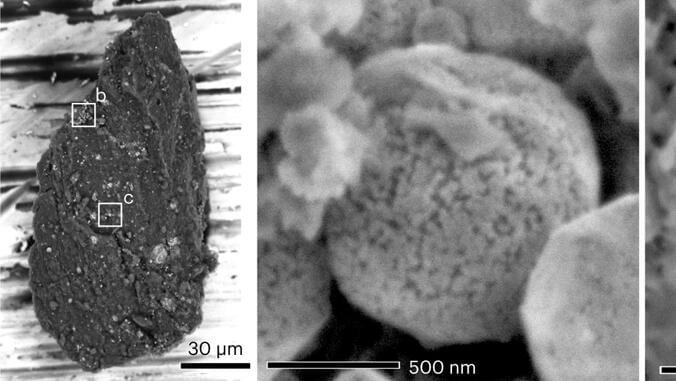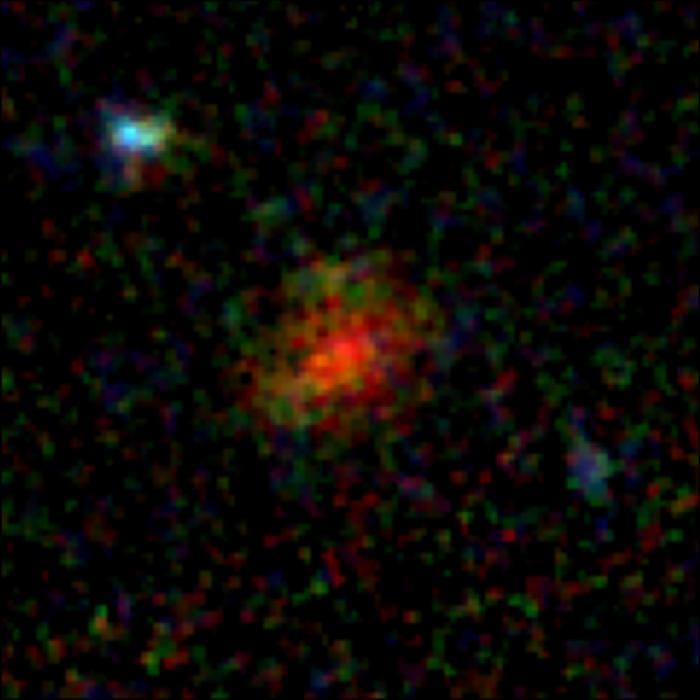Researchers have come up with a solution to the “Hubble tension,” arguing that Einstein didn’t consider we’re in the middle of a cosmic void.



The material developed by researchers in Panama uses a mixture of newspaper, rice husk, borax, and glue.
Bilanol/iStock.
The construction industry ranks as the second-largest consumer of plastic globally, contributing to over a third of greenhouse gas emissions associated with energy usage worldwide. The manufacturing procedures involved in producing construction materials have detrimental effects on air, land, and water quality.

So if I heard this right, after 8 minutes or so, the effects are temporary and he indicates people would have to take this every couple of years.
Here Akshay talks about his interest in aging, how he met with Dr Katcher and formed Yuvan Research and their experiments with E5 and the results that they saw.
Some links are affiliate links so we will earn a commission when they are used to purchase products.
Renue By Science 10% : Code MHS NMN https://tinyurl.com/3wr8pr3t.
ProHealth 15% discount Code MODERN : https://prohealth.pxf.io/zNOPoW
NMN http://prohealth.pxf.io/JzQaER
NOVOS Core & Boost https://novos.sjv.io/QyWP7o code 5OFFMHS
DoNotAge 10% discount code MHS https://tinyurl.com/6dbvhv87
Nuchido Time+ 20% discount of first purchase with code MODERN20 https://nuchido.com/MODERN
NMN Bio 10% off all products https://tinyurl.com/2af2v2fw Code ModernHealthSpan10 in link.
☕If you would like to support our channel, we’d love a coffee…thank you! _https://www.buymeacoffee.com/mhealthspan_
*Insidetracker* 20% discount Code MODERN20 _https://insidetracker.sjv.io/NkbP7V_
*Bulletproof* 15% off with coupon code: HEALTHSPAN15: _https://tinyurl.com/4npjk5vp_
*SiPhox Health* 20% Code MODERN blood test (only in US & Canada) _https://siphoxhealth.com/discount/modern_
*Delavie Sciences* 10% Code Modern Age Defying Serum https://tinyurl.com/yp2jmhy8 Eye Refresh https://tinyurl.com/mt8knv3s.
*OmegaQuant* 5% discount Code MODERN _https://omegaquant.com/shop/_
⏲️Chapters.

How do forests cool themselves during the summer? This is what a recent study published in Agricultural and Forest Meteorology hopes to find out as a team of international researchers investigated the forests cool themselves through water evaporation and shading. However, climate change could have drastic consequences towards this type of natural air conditioning, specifically from droughts that dry up the soil, disabling a forest’s ability to stay cool during hot months.
For the study, the researchers collected daily measurements over four straight summer seasons of soil moisture and air temperature across 54 sites in broadleaf forests throughout Central Europe. They discovered that shaded forests were typically 2 degrees Celsius (36 degrees Fahrenheit) cooler than temperatures outside the shaded forests. Additionally, they discovered that this cooling effect was driven by soil moisture with this cooling effect becoming less prevalent as soils become drier.
“The findings are alarming in the context of climate change as more frequent and more severe droughts may threaten the cooling functions of forests,” said Dr. Caroline Greiser, who is a landscape ecologist at Stockholm University and lead author of the study.

Cats already have 9 lives, but what if we could give them 18? Longevity research isn’t just benefiting humans: I looked into some supplements and products that may help you extend your cat’s lifespan, or at least their healthspan.
If you proudly share a house or apartment with one or more cats, chances are you want your precious pet to live a long and healthy life. In addition to getting the basics of diet, exercise, and safety right (basically, do the opposite of the cartoon Garfield), there are many cat longevity products out there that aim to increase your cat’s lifespan.
We’ve taken the time to explore some of them, and this comprehensive list of the top nine cat longevity products is a resource you can use to discover options that may keep that furry feline of yours not only healthy but also happy, energetic, and curious for many years to come.
Our list features cat nutrition products, including longevity cat food and joint care for cats products, as well as cat supplements, and some more unconventional cat health products like pet insurance. As always, we are highlighting high-quality, science-backed products that generally have research showing at least healthspan-, if not lifespan-, extending effects.


Could a fecal transplant pill be the antidepressants of the future?
Depression is real, and it is complex. Most conditions that affect our brain chemistry are going to be complex, and there are no easy, simple answers. We can’t cure depression by just exercising more, eating better, or taking a short vacation to recharge (although there is some evidence that getting more money, especially to lift you out of poverty, helps relieve depressive symptoms).

Micrometeorites, tiny space rocks, may have helped deliver nitrogen, a vital life ingredient, to Earth during our solar system’s early days. This finding was published in Nature Astronomy on November 30 by an international research team, including scientists from the University of Hawaiʻi at Mānoa and Kyoto University. They discovered that nitrogen compounds like ammonium salts are common in material from regions distant from the sun. However, how these compounds reached Earth’s orbit was unclear.
The study suggests that more nitrogen compounds were transported near Earth than previously thought. These compounds could have contributed to life on our planet. The research was based on material collected from the asteroid Ryugu by Japan’s Hayabusa2 spacecraft in 2020. Ryugu, a small sun-orbiting rocky object, is carbon-rich and has experienced considerable space weathering due to micrometeorite impacts and solar charged ions.
The scientists studied the Ryugu samples to understand the materials reaching Earth’s orbit. They used an electron microscope and found the Ryugu samples’ surface covered with tiny iron and nitrogen minerals. They theorized that micrometeorites carrying ammonia compounds collided with Ryugu. This collision sparked chemical reactions on magnetite, resulting in iron nitride formation.

Dr. McKinney noted, “With JWST, we can study for the first time the optical and infrared properties of this heavily dust-obscured, hidden population of galaxies because it’s so sensitive that not only can it stare back into the farthest reaches of the universe, but it can also pierce the thickest of dusty veils.”
Did galaxies produce stars in the early universe? This is what a recent study published in The Astrophysical Journal hopes to unveil as a team of international researchers analyze data from NASA’s James Webb Space Telescope (JWST) about a star-forming galaxy called AzTECC71 that existed approximately 900 million years after the Big Bang. What makes this discovery unique is that AzTECC71 is hidden behind a fair amount of dust which initially fooled astronomers to hypothesize that it’s not very big. How astronomers now hypothesize that AzTECC71 was producing a plethora of new stars despite its young age, which challenges previous notions of the formation and evolution of galaxies so soon after the Big Bang.
Color composite image of the galaxy, AzTECC71, which astronomers estimate existed approximately 900 million years after the Big Bang. This image was made using multiple color filters as part of the James Webb Space Telescope’s NIRCam instrument. (Credit: J. McKinney/M. Franco/C. Casey/University of Texas at Austin)
“This thing is a real monster,” said Dr. Jed McKinney, who is a postdoctoral researcher at The University of Texas at Austin and lead author of the study. “Even though it looks like a little blob, it’s actually forming hundreds of new stars every year. And the fact that even something that extreme is barely visible in the most sensitive imaging from our newest telescope is so exciting to me. It’s potentially telling us there’s a whole population of galaxies that have been hiding from us.”